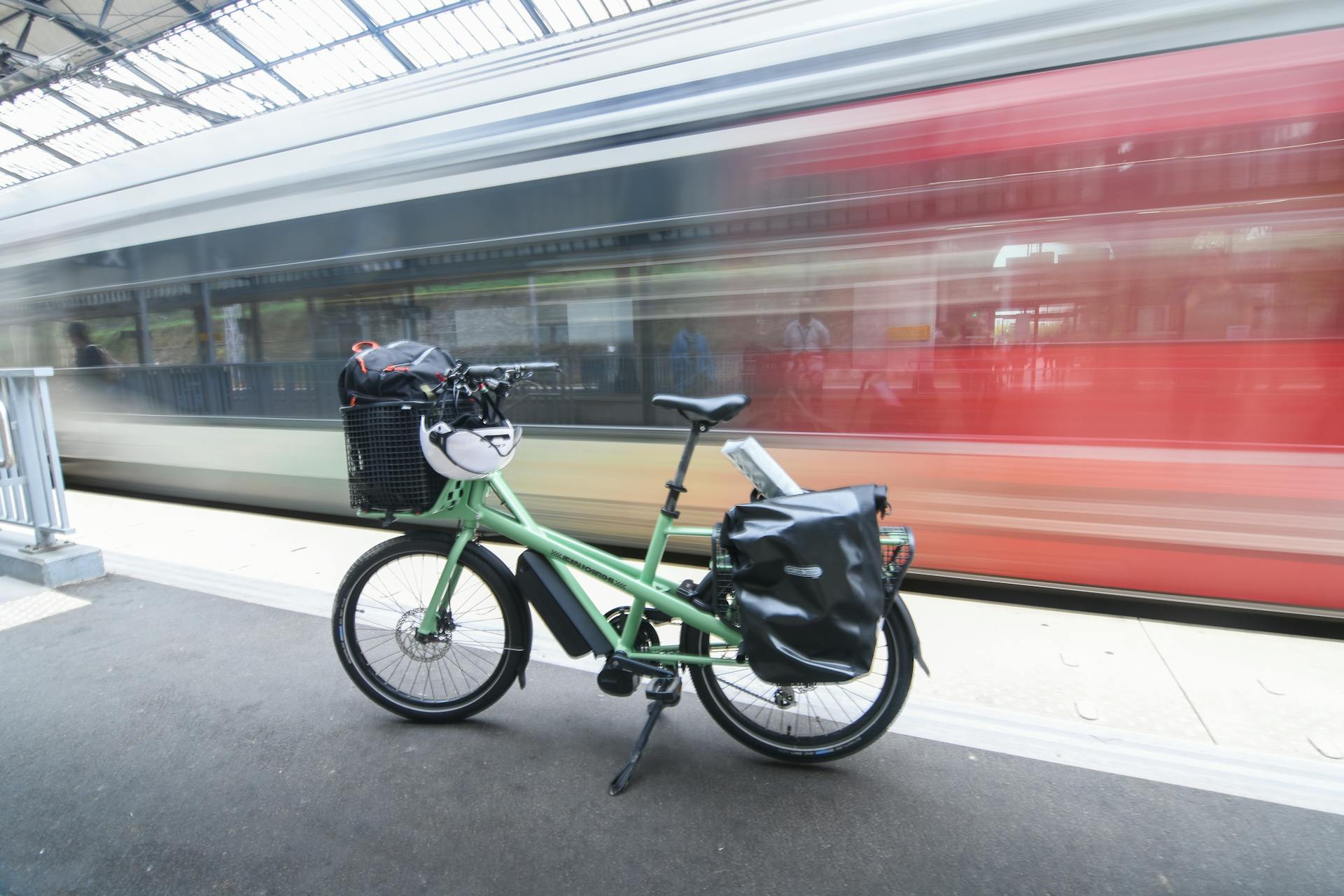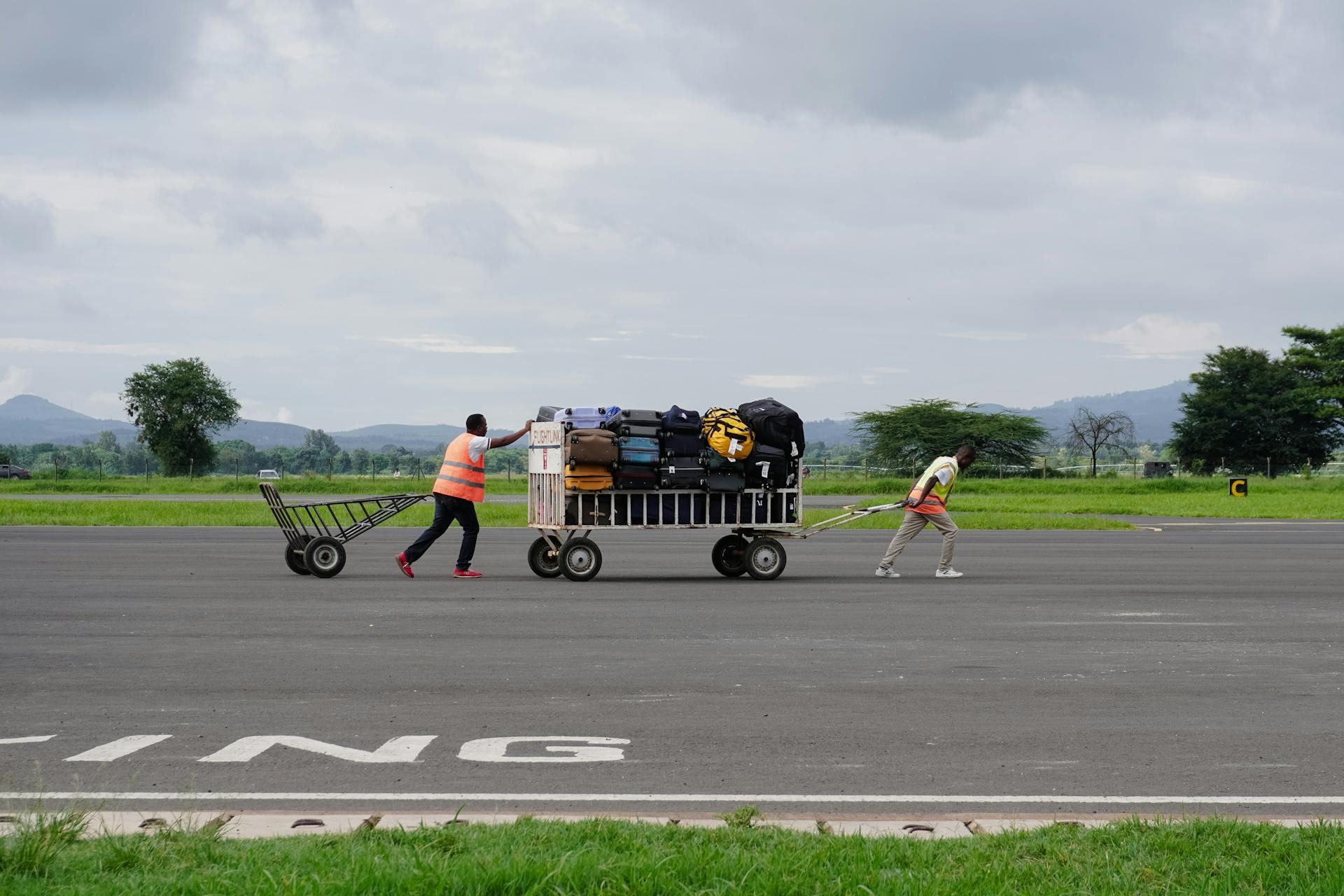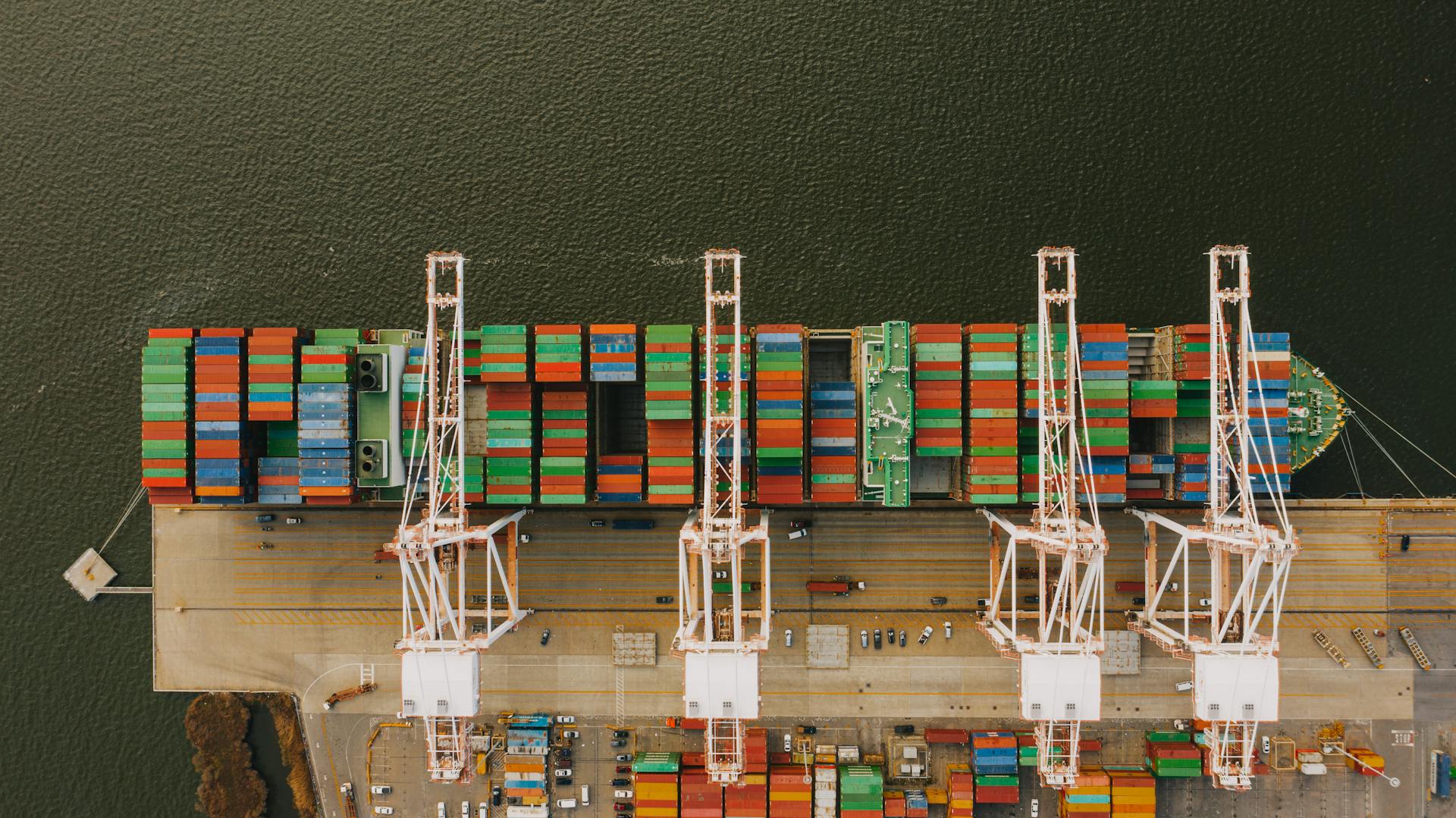
Cargo container restaurants are a great way to create modular and pop-up dining experiences. They're made from repurposed shipping containers, which are converted into cozy eateries.
These restaurants can be set up quickly and easily, making them perfect for events and festivals. They can also be easily relocated to different locations.
One benefit of cargo container restaurants is that they're highly customizable. They can be fitted with everything from kitchen equipment to seating and decor. This makes it easy to create a unique dining experience.
With a cargo container restaurant, you can offer a wide range of menu options. From fine dining to casual fare, the possibilities are endless.
Benefits and Advantages
The cargo container restaurant concept offers numerous benefits and advantages.
One major advantage is the reduced construction time, which can be as short as six weeks, allowing for quick setup and operation.
By utilizing cargo containers, restaurants can save up to 70% on construction costs compared to traditional buildings.
These savings can be reinvested in the business, improving the overall dining experience for customers.
The modular design of cargo container restaurants also makes them highly portable, allowing for easy relocation or expansion to new locations.
This flexibility is especially beneficial for restaurants with seasonal or pop-up operations.
Design
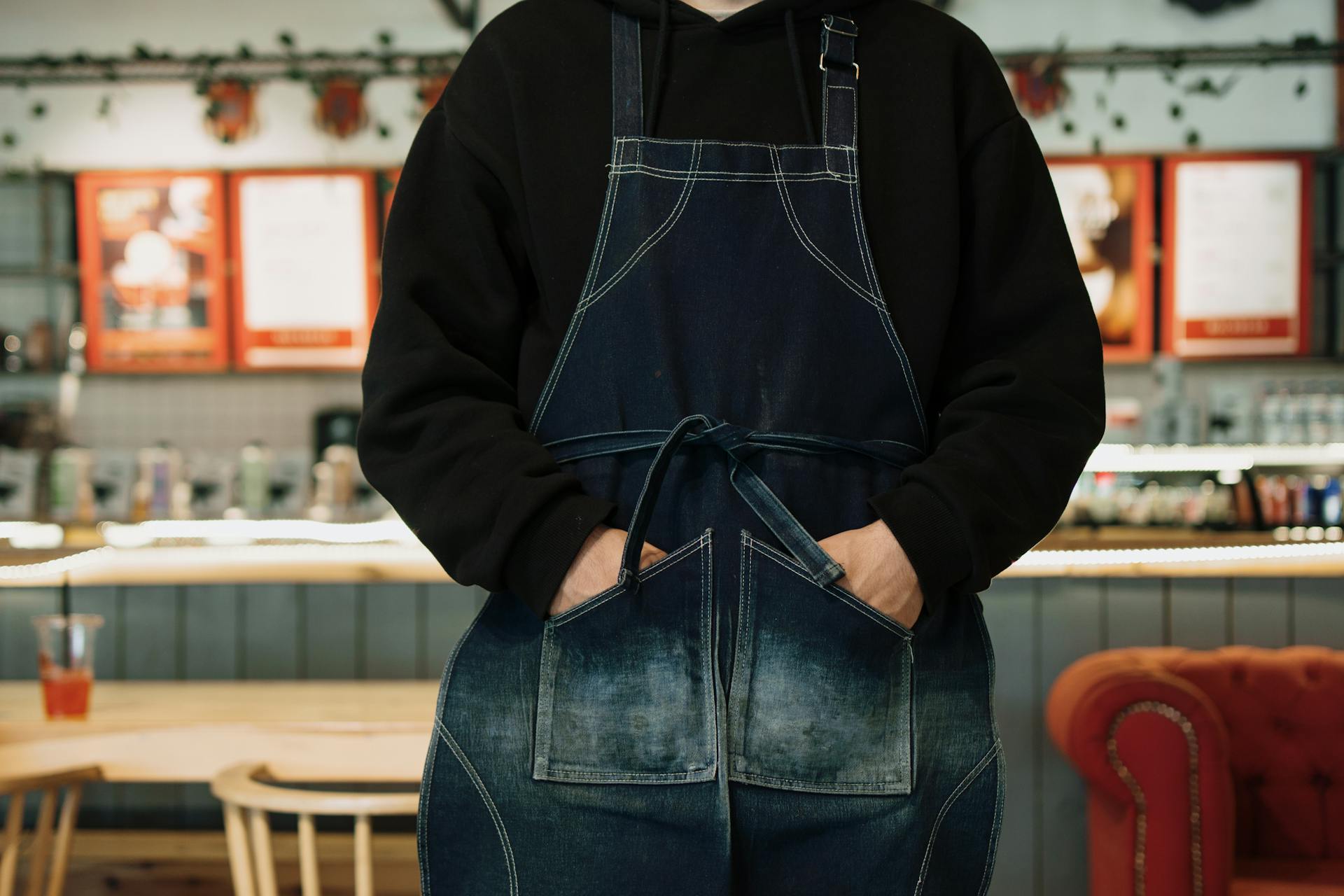
Designing a cargo container restaurant requires careful consideration of its aesthetic appeal. A restaurant's décor and interior design play a significant role in how it's perceived and the type of crowd it attracts.
The modular construction process of a cargo container restaurant offers flexibility in creating comfortable spaces, both inside and out. This flexibility can help you create a unique and inviting atmosphere.
The industrial look of a repurposed shipping container can be a key selling point for many clients. This style can add an edgy, modern touch to your restaurant.
To create a successful cargo container restaurant, it's essential to consider the following factors:
- Cuisine: Decide on the type of food you will serve, as it will influence the design and layout of your container.
- Target Audience: Identify your target market, whether it's young professionals, families, or tourists, to shape the atmosphere and design elements.
- Atmosphere: Determine the vibe you want to create, whether cozy and intimate or vibrant and energetic, to guide your interior and exterior design choices.
Modular and Pop-Up Ideas
Shipping containers are a great option for creating unique and functional dining experiences. They're versatile and can be used to create a variety of restaurant concepts.
Portable coffee shops are a great idea, as they can be transported to various locations, making them perfect for events, festivals, or urban areas with high foot traffic. You can even specialize in ice cream, pastries, or specialty coffees.

For a dessert bar, consider using a vibrant and colorful container to create a sweet treat destination. This can be a great way to stand out and attract customers.
Here are some key considerations for choosing the right container:
Selection
Selection is a crucial step in creating a successful modular or pop-up space. You have a variety of container options to choose from.
20-foot containers are ideal for smaller setups or when combining multiple units, offering flexibility and ease of transport. They can be a great option for a smaller pop-up restaurant or food truck.
40-foot containers provide more space, making them suitable for larger kitchens, dining areas, or when you need to accommodate more equipment and customers. This extra space can be a game-changer for a larger pop-up event or restaurant.
Newer containers may be more expensive, but they require less refurbishment, such as dent removal and rust treatment, which can save you time and money in the long run.
For another approach, see: When Transporting a Delivery Order That Contains Alcohol
Modular & Pop-Up Ideas
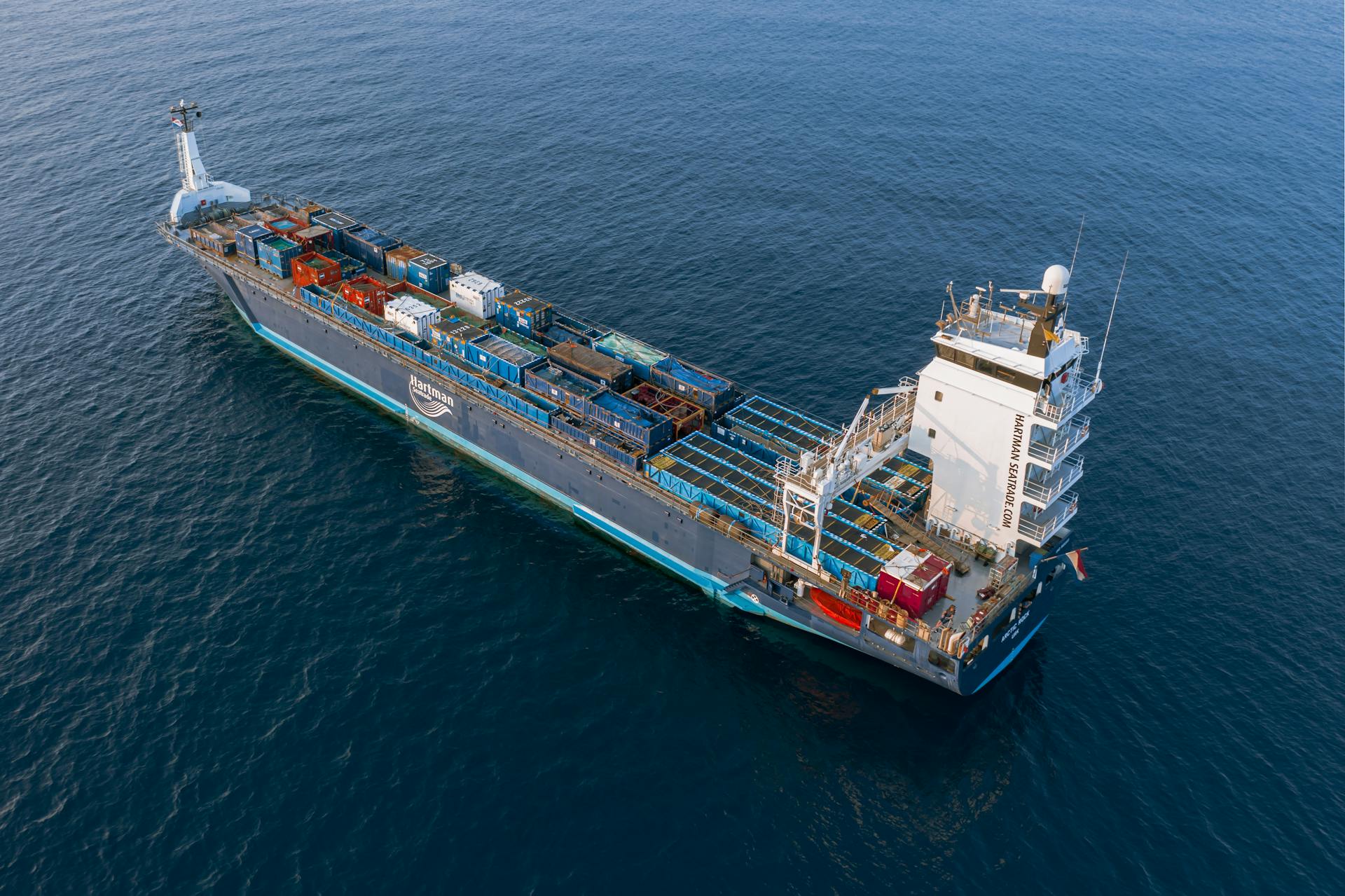
Shipping containers are being repurposed as innovative restaurant designs, with companies like Taco Bell and Starbucks leading the way. Their versatility is perfect for creating unique dining experiences.
Independent restaurateurs are using shipping containers to create portable and functional spaces. A great example is a compact, mobile coffee shop that can be transported to various locations, such as events or festivals.
Dessert bars are also being housed in vibrant and colorful containers, specializing in ice cream, pastries, or specialty coffees. These pop-up ideas can be a great way to test a concept or attract new customers.
Shipping containers can be easily transported and set up in high-traffic areas, making them ideal for pop-up restaurants. They can also be customized to fit any brand or style.
Take a look at this: How Do Shipping Containers Lock Together
Industry Insights and Examples
Taco Bell made waves in 2015 with its first shipping container store at an annual film and music festival in Austin, Texas, showcasing the flexibility and modern aesthetic of container construction.
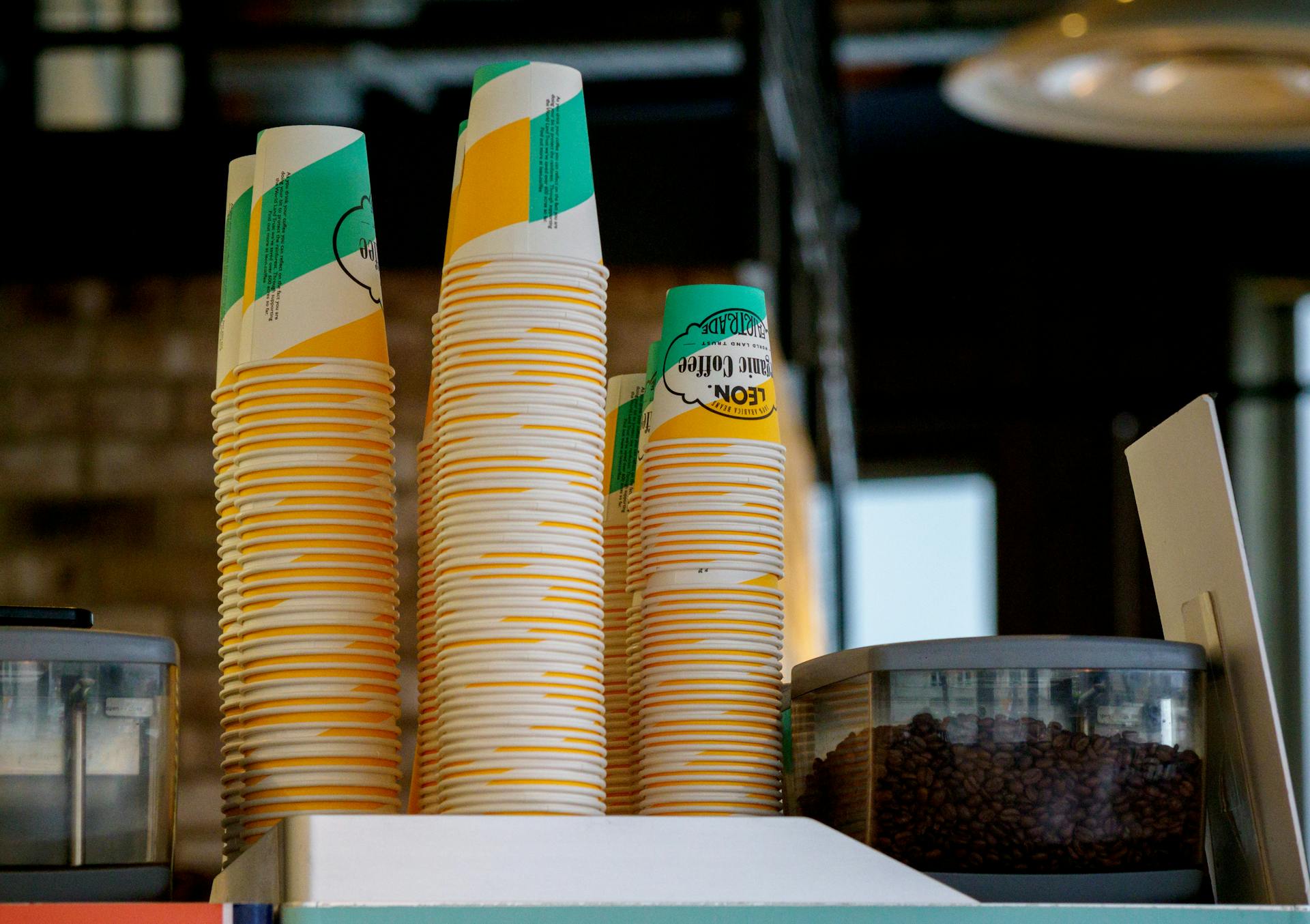
Industry leaders like Starbucks and Subway have also hopped on the trend, leveraging shipping containers to create efficient and compact commercial spaces. Starbucks introduced drive-thru shipping container outlets in cities like Seattle and Chicago.
Subway implemented a portable restaurant housed in shipping containers that could be lifted to workers' floors during the construction of the Freedom Tower in New York City, drastically saving time and improving convenience.
Shipping containers are ideal for both large-scale operations and smaller setups. They can be combined to form spacious beer gardens, complete with outdoor seating, shade structures, and even stages for live performances.
Industry leaders have successfully used shipping containers to create unique and thriving eateries. A notable example is a restaurant that's not like the usual places, thanks to its inventive use of containers.
Case Studies and Examples
Smoky Park Supper Club in Asheville, NC, is the largest shipping container restaurant in the United States, using 19 containers and installed in just three days.
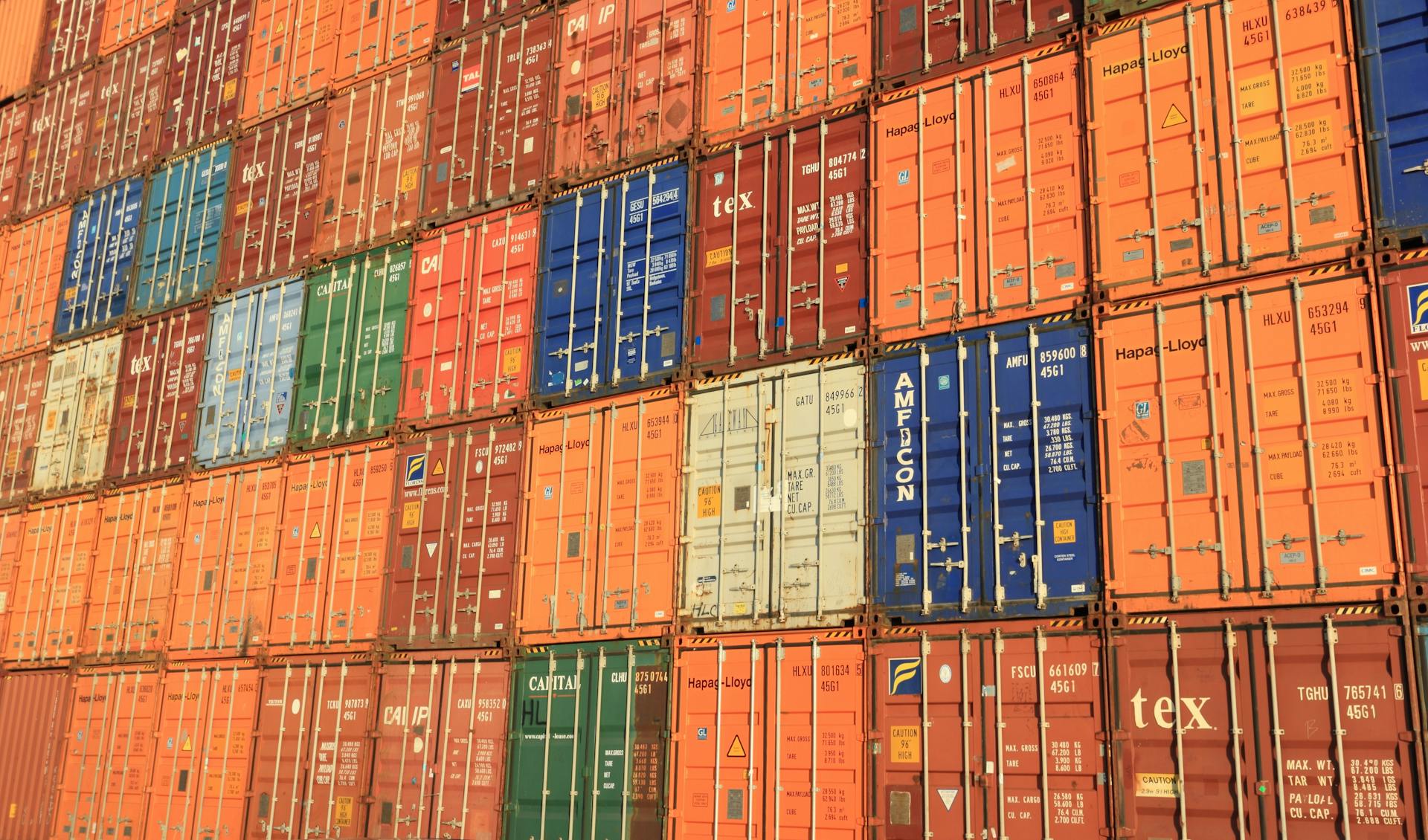
The restaurant's efficiency and scalability demonstrate the potential of container construction for large-scale projects.
Ska Brewing's Container Restaurant in Durango, CO, showcases vertical utilization by stacking two containers on top of each other, with the lower level for food preparation and the upper level as an outdoor patio.
This setup maximizes space and offers guests an elevated view, enhancing their dining experience.
A shipping container café can be created using one or two containers, offering a unique and inviting space for patrons.
Customize the interior with stylish décor and comfortable seating to create a cozy atmosphere.
Modular bars can be developed using modular containers, featuring a rooftop patio or an open-air seating area to attract a hip crowd.
Drive-thru restaurants can be designed using compact containers, ideal for fast food concepts where quick service is essential.
A gourmet sandwich shop can be transformed from a shipping container, featuring an open kitchen design where customers can watch their food being prepared.
At BMarko Structures, customized, innovative, and sustainable container solutions can help bring your vision to life.
Business and Entrepreneurship
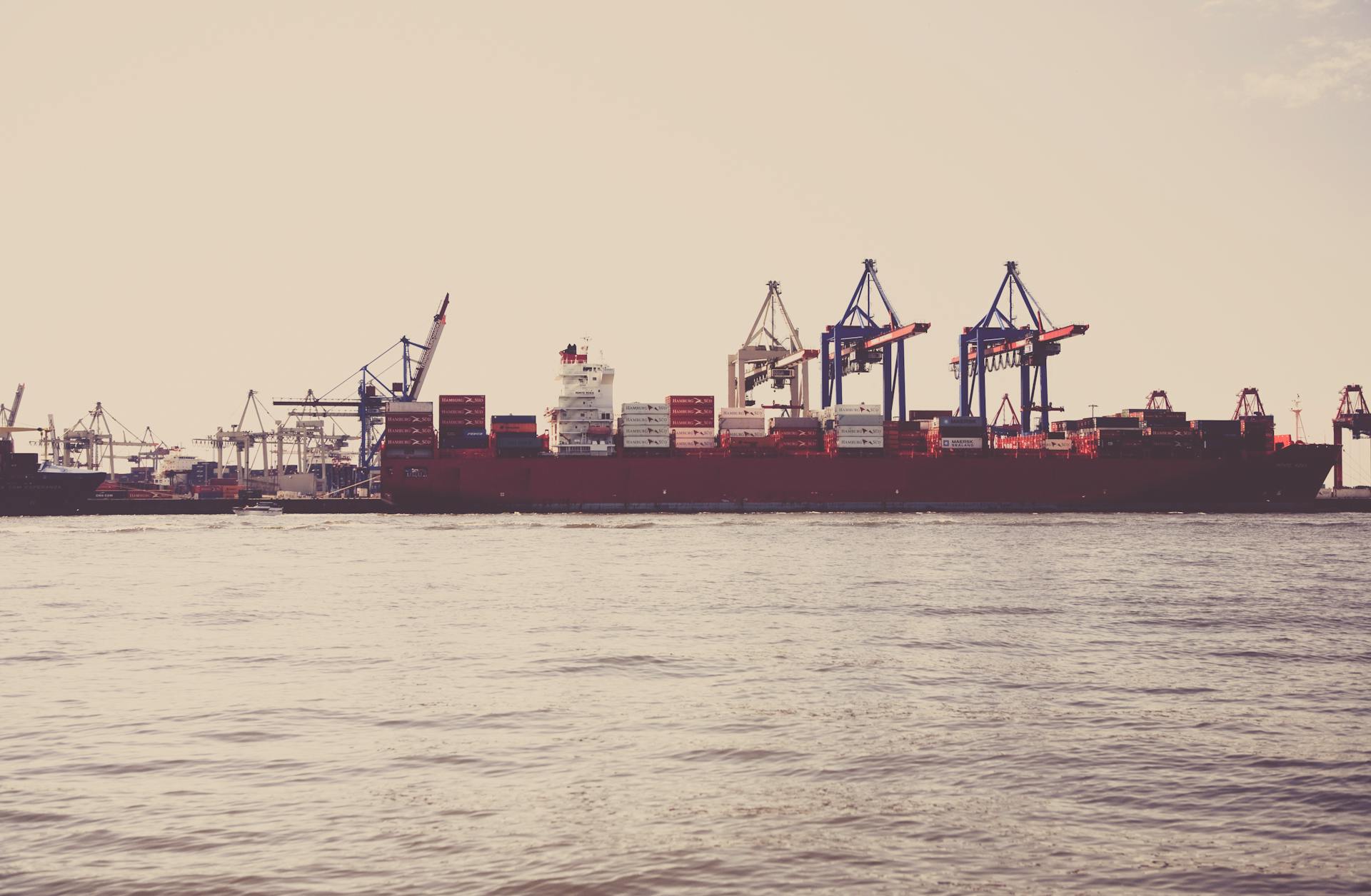
Starting a cargo container restaurant can be a smart business move. Affordable to build, shipping container restaurants are cheaper to make than regular restaurants, which is great for people wanting to start their own food business without spending too much money.
One of the biggest advantages of shipping container restaurants is their ease of movement. A big plus is that you can move them around, which means businesses can easily change locations if they need to.
With a shipping container restaurant, you can also expect a quick turnaround time. It takes less time to get one up and running compared to a normal restaurant, which is helpful for business owners who want to start serving food quickly.
Here are some key things to consider when transforming a shipping container into a restaurant:
Time Savings
Time Savings is a crucial aspect of entrepreneurship, and it's amazing how much of a difference it can make. Buying a custom container restaurant can drastically cut down on overall construction time compared to traditional builds.
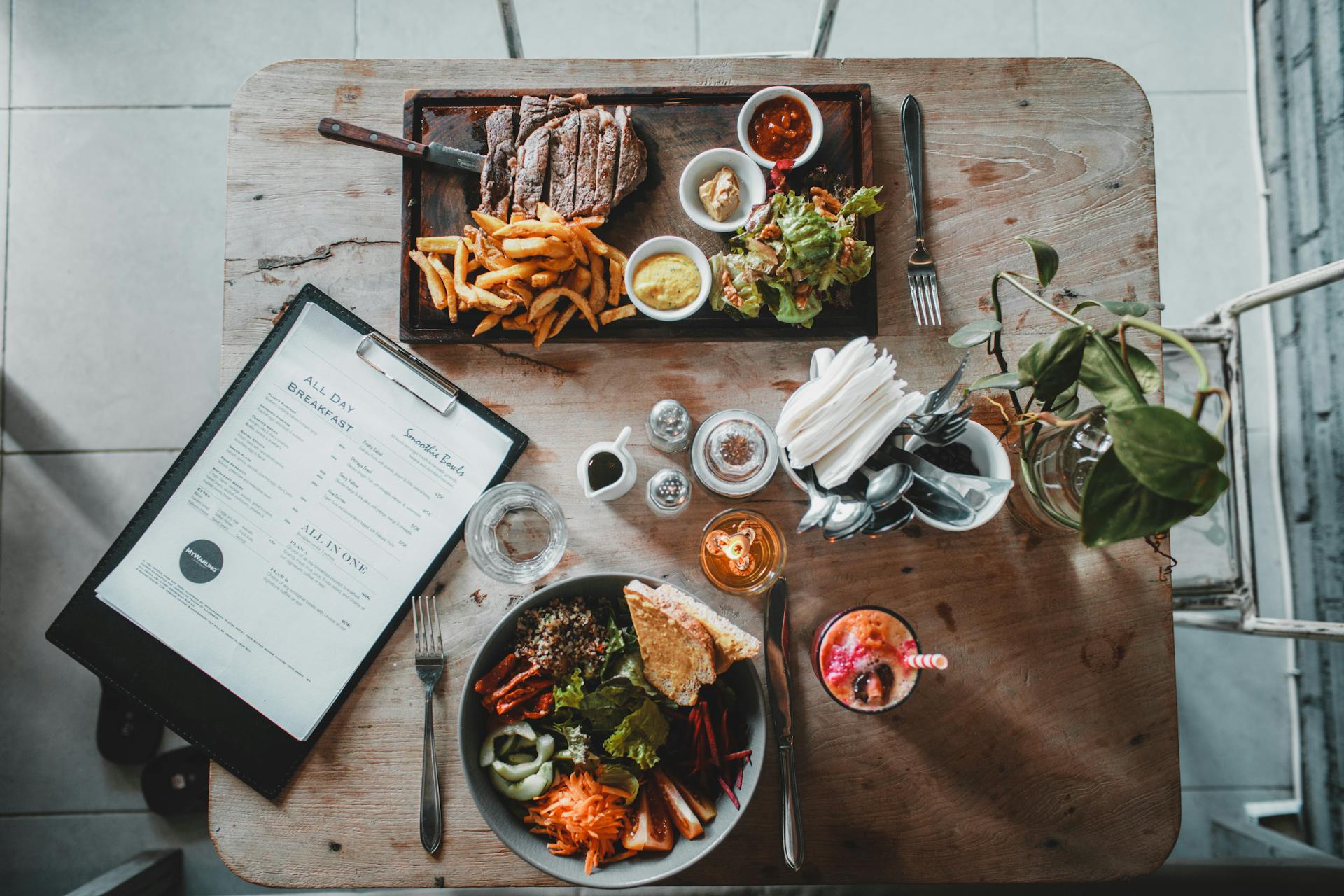
This means your business will be up and running in no time, generating revenue and cash flow. With a traditional build, you'd have to wait for the site to be prepared and the structure to be completed, which can take months.
By contrast, a container restaurant can be completed in a factory while your general contractor prepares the final site. This time-savings can actually turn out to save you money due to less downtime for your business.
Overcoming Common Failures
Failure is an inevitable part of entrepreneurship, but it doesn't have to be a deal-breaker.
In fact, 80% of startups fail within the first five years, but only 8% of these failures are due to a lack of market need, while 42% are due to running out of cash.
The key to overcoming common failures is to identify potential pitfalls early on and develop strategies to mitigate them.
For instance, many entrepreneurs underestimate the time and resources required to launch a successful product, leading to delays and cost overruns.

According to our research, the average time to market for a new product is 12-18 months, but this can be reduced to 6-9 months with proper planning and resource allocation.
Another common failure is underestimating the competition, which can lead to a lack of differentiation and market share.
In our study of successful startups, we found that 70% of companies that failed to differentiate themselves from their competitors were eventually acquired or went out of business.
By being aware of these common pitfalls and taking proactive steps to address them, entrepreneurs can significantly increase their chances of success.
Singapore Takeout, London
Singapore Takeout, London is a great example of how shipping container restaurants can thrive in competitive cities. Located in one of the busiest cities on earth, it provides authentic Singapore cuisine without astronomical overhead costs.
The restaurant has been a resounding success, attracting tourists, locals, and introducing them to authentic Singapore cuisine. It's a simple yet effective concept that has worked well for its owners.

The restaurant is created from a shipping container, but don't let that fool you – it has a fully functioning kitchen and everything you need to enjoy great food. The low shipping container restaurant cost makes them popular with smaller or startup restaurants.
Its owners are planning to make full use of the mobility of restaurant storage containers and take their restaurant to different cities across the globe.
Benefits of Entrepreneurship
Starting a business can be a thrilling experience, and one of the key benefits is the potential for affordability. Shipping container restaurants, for example, are cheaper to build than traditional restaurants, making them an attractive option for entrepreneurs on a budget.
One of the biggest advantages of shipping container restaurants is their ease of movement. This means businesses can easily change locations if they need to, giving them the flexibility to adapt to changing circumstances.
Starting a business can be a great way to reduce your environmental impact. Shipping container restaurants are a great example of this, as they reuse shipping containers and reduce waste.

Shipping container restaurants can be a quick and efficient way to get started. It takes less time to get one up and running compared to a traditional restaurant, which is perfect for entrepreneurs who want to start serving customers quickly.
Here are some benefits of entrepreneurship:
- Affordable to start: Shipping container restaurants are cheaper to build, making them a great option for entrepreneurs on a budget.
- Flexible: Shipping container restaurants can be easily moved, giving businesses the flexibility to adapt to changing circumstances.
- Environmentally friendly: Shipping container restaurants reuse shipping containers and reduce waste, making them a more eco-friendly option.
- Quick to open: Shipping container restaurants can be up and running quickly, perfect for entrepreneurs who want to start serving customers fast.
Steps to a Thriving Business
Transforming a shipping container into a restaurant requires careful planning to ensure a thriving business. You need to check that the shipping container is strong enough for a restaurant, which might involve strengthening walls, floors, and ceilings to meet safety and regulatory requirements.
To create a functional space, plan the layout carefully, considering the kitchen, seating area, tables, bathrooms, and service areas. This will help you make the most of the available space and create a pleasant dining experience for your customers.
Good insulation is essential to control the temperature and save energy. You should also ensure there's plenty of fresh air to prevent the space from becoming stuffy and to eliminate kitchen smells.
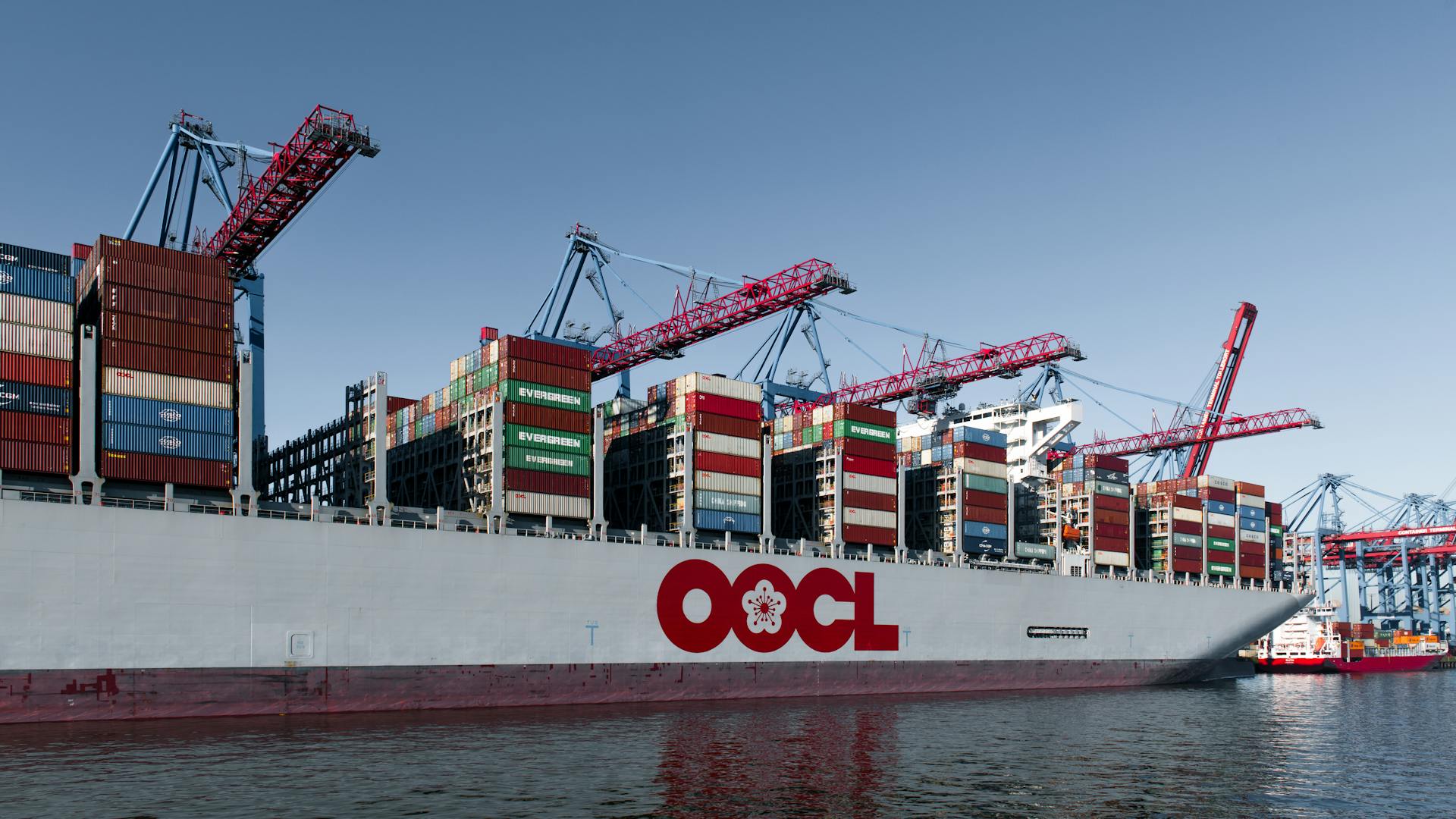
To ensure smooth operations, figure out how to get water in and out for sinks and bathrooms, and make a plan for electric equipment like lights, kitchen gear, and air conditioning.
Before you start, get the necessary permits to turn a shipping container into a restaurant. This will involve following local rules about building, health, fire safety, and accessibility.
Here are the essential steps to consider:
By following these essential steps, you can create a thriving business that's both functional and enjoyable for your customers.
Creative and Custom Solutions
Diners made from old cargo containers are giving a cool and eco-friendly place to eat.
These unique eateries have a special vibe that sets them apart from regular restaurants. They're not only good for the environment, but they're also a great way to create a memorable dining experience.
Bars are using shipping containers to create a one-of-a-kind atmosphere that draws customers in. They're perfect for small spaces or temporary events.
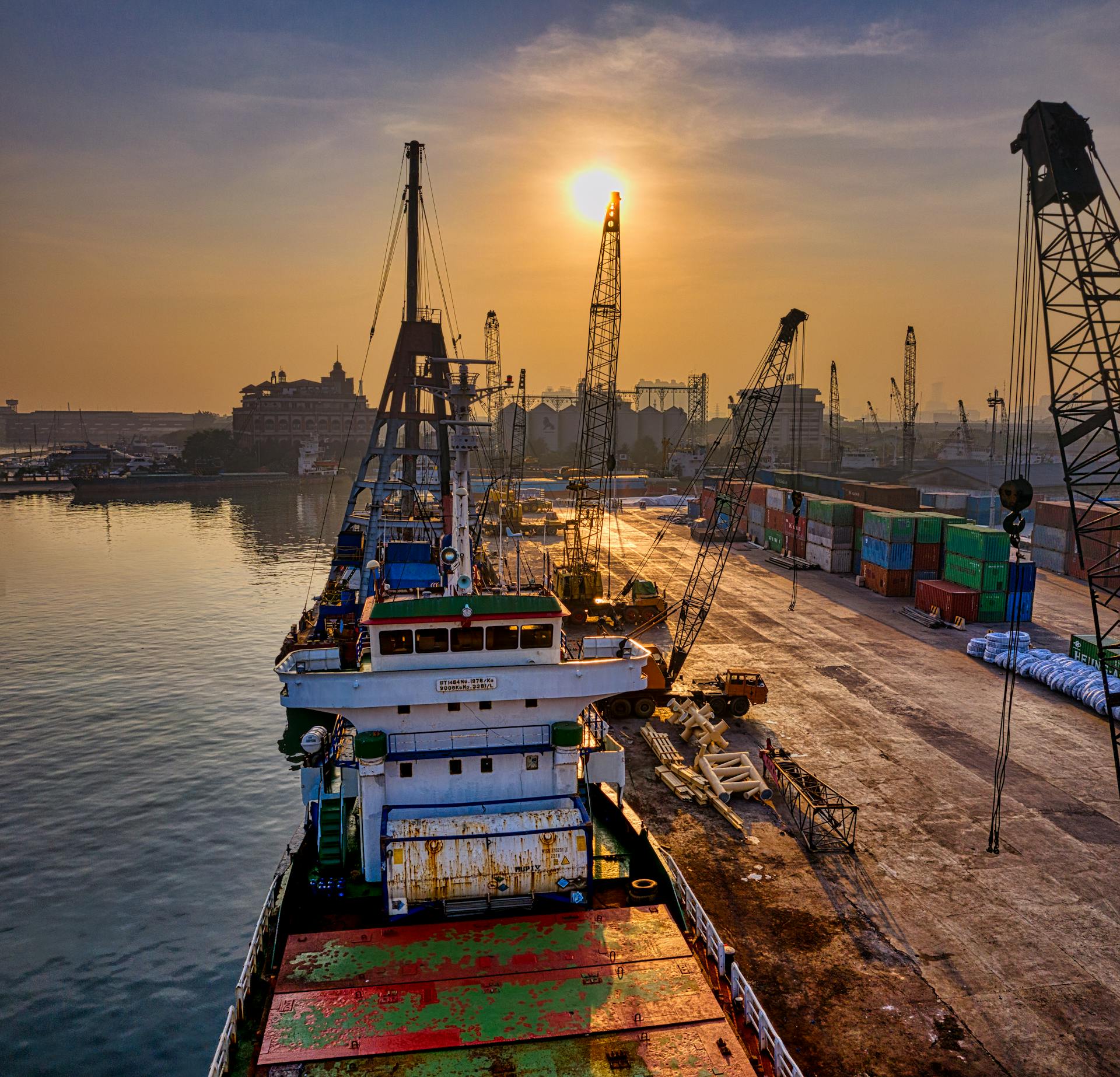
Quick-Serve Restaurants are also getting in on the action, using shipping containers to build places with drive-thrus, takeout, and outdoor seating.
Here are some benefits of using shipping containers for your restaurant:
- Flexibility: Shipping containers can be set up anywhere outdoors.
- Space: They provide floor space for stoves, coolers, taps, and workers.
- Comfort: You can configure comfortable seating around your pod to suit your customers' needs.
Cost-Effective Options
Starting a cargo container restaurant can be a cost-effective option. A custom shipping container like the BoxPop 20 offers 160 square feet of usable kitchen space for $65,000, which is a great deal compared to a used food truck with 80 square feet of floor space for $50,000.
You'll have more space to work with, which means you can be more efficient and productive in the kitchen. With a food truck, cramped conditions come standard, but a mid-sized cargo container delivers twice the elbow room.
The price barrier for entry into the food truck business hasn't changed much since 2008, and it's still around $50,000 to $75,000 for a used truck. But with a cargo container, you can get a brand new kitchen setup at a similar price point.
In the long run, having more space can save you time and effort. Imagine not having to hunch over all day to push food and take orders through a tiny service window – it's a pain in the back, literally!
Frequently Asked Questions
What is the cost of a 40 ft container?
A 40ft container costs between ₹1,92,500 to ₹2,23,000 for a new dry one, and ₹1,05,000 to ₹1,23,000 for a used one. Prices vary depending on the type and condition of the container.
What shipping containers are used for restaurants?
For restaurant applications, 20-foot and 40-foot shipping containers are commonly used, with 20-foot units ideal for smaller setups or combined use.
Sources
- https://bmarkostructures.com/modular-restaurants/
- https://www.roxboxcontainers.com/products/qsr/
- https://www.conexwest.com/blog/rise-shipping-container-restaurants
- https://onsitestorage.com/box-to-bistro-shipping-container-restaurants-innovation/
- https://britteninc.com/blog/articles/food-truck-vs-shipping-container-why-shipping-container-food-stands-are-best
Featured Images: pexels.com

